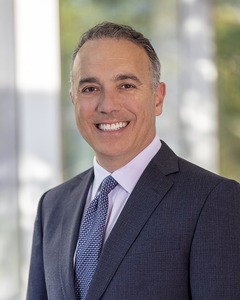Communicating Employee Vaccine Mandates: A Formula for Success
// By Brian Griffin //
 With the ongoing public health threat posed by COVID-19, a growing number of hospitals, health systems, and medical groups are adopting employee vaccine mandates. The opposition this has generated among some groups of medical workers and the general public make crafting mandate communications and messaging critically important for health care marketers.
With the ongoing public health threat posed by COVID-19, a growing number of hospitals, health systems, and medical groups are adopting employee vaccine mandates. The opposition this has generated among some groups of medical workers and the general public make crafting mandate communications and messaging critically important for health care marketers.
At Geisinger Health in Pennsylvania, the adoption of a COVID-19 workforce vaccine mandate helped the health system increase its employee vaccination rate by 26 percentage points in just two months.
Last summer, despite the organization’s best efforts to encourage its 24,000 workers across the health system to voluntarily get vaccinated, less than three-quarters had done so, according to chief marketing and communications officer Don Stanziano. “The fact that such a large portion of our employees were unvaccinated was concerning and not in alignment with Geisinger’s values and commitment to high-quality care,” he says.

Don Stanziano, chief marketing and communications officer, Geisinger
The situation became even more troubling with the emergence of the Delta variant. “From mid-July to the end of August, the test positivity rate in our area jumped from 1 percent to more than 11 percent, hospitalizations rose from 16 to 80, and ICU cases increased from 5 to 21. Nearly all of those patients were unvaccinated,” notes Stanziano.
With health system data and analytics pointing to a continued rapid spread of the variant into the fall, Geisinger senior leadership decided to put a November 1 vaccine mandate into effect as an additional step to protect the health and safety of patients, the community, and staff. “It definitely was the right decision, because by early October the test positivity rate jumped to 14 percent, hospitalizations grew to 200, and ICU cases more than doubled to 45,” says Stanziano.
Implementing and extensively communicating the mandate proved to be extremely successful, enabling the organization to increase its workforce vaccination rate from 70 percent in August to 96 percent by the deadline.
